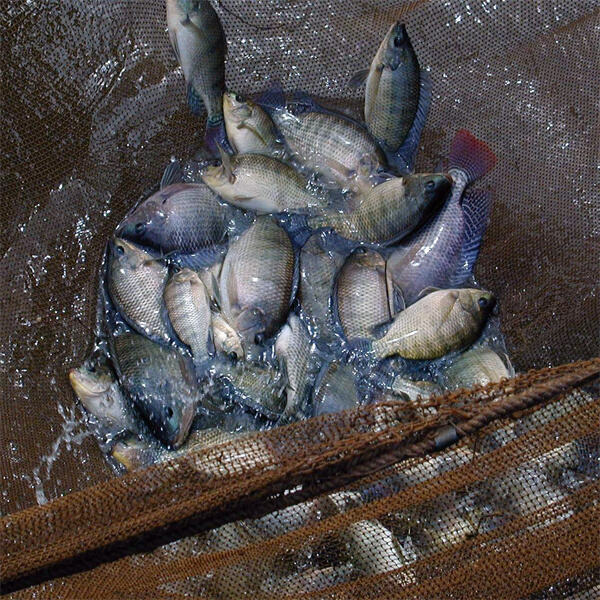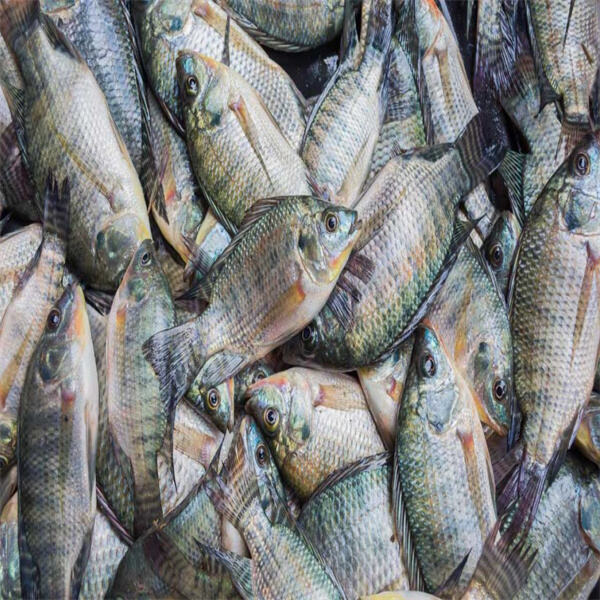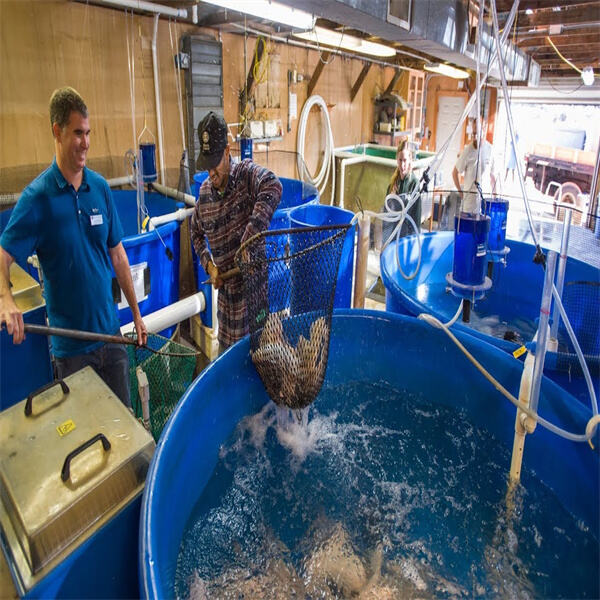Like the fish, tilapia, do you know? You may have spotted it in your grocery store or on a restaurant menu. Tilapia is a fish many people are beginning to farm. Growing fish is known as aquaculture. Aquaculture, growing fish, plants and other sea creatures in water. Also, tilapia farming is a good source of protein, which keeps us fed and bolsters our communities. Letting enter more about how tilapia is cultivated and how we can do so sustainably.
Tilapia : Tilapia is a fish with a lot of proteins which are good for our body. “This is what gives us a protein that we can farm on a global scale with for the people worldwide – tilapia. That's especially important in places where people are having trouble accessing sufficient healthy food. Farming tilapia also keeps wild fish safe, which is good for the environment. This ensures that fish remains healthy for future generations.
Farmers need the proper knowledge on how to effectively farm tilapia. The water — that is the one thing — very important. Tilapia requires clean water and warm, oxygen-rich water at that. Farmers must additionally provide the fish with the proper sustenance for them to grow robust. They need to monitor the fish in order to ensure that they are healthy and treat them if they become sick. Farmers can ensure the long-term viability of their tilapia farms by employing smart farming methodologies, such as water recycling and waste reduction.

Tilapia farming can benefit communities by providing food and employment opportunities. Providing people with enough protein to eat, then, makes them healthier and fuller. Moreover, tilapia farming can also create jobs and help the areas develop. As more and more people want tilapia, farmers have more opportunities to expand their businesses and increase their profitability. This can improve the quality of life for communities and assist individuals who are less fortunate.

When you are farming fish tilapia, you have to definitely keep the earth safe and at the same time produce food. This means employing farming practices that do not harm the environment. The farmers can use solar power for example, and the like to decrease energy use. They can also use beneficial bacteria to maintain the health of fish rather than chemicals. If we live by balancing how we farm and care for the earth, we can provide a good home for the tilapia.

There are new tools and new ideas that can be used to improve tilapia farming and increase profits. For instance, they can get machines to feed the fish at the right times. They're also able to use special tools to monitor the water and fish health so they can change things when they should. This way, they will be able to cut down waste and increase fish production. That helps them make more money and keep farms thriving.

